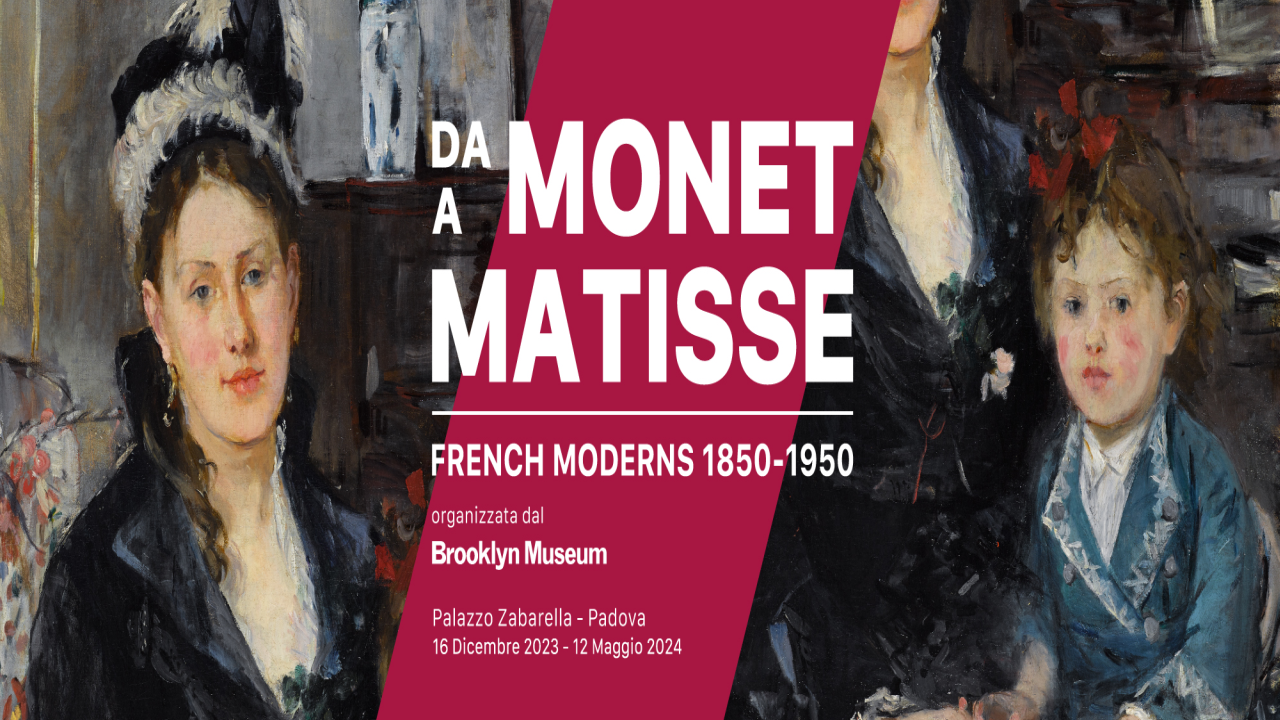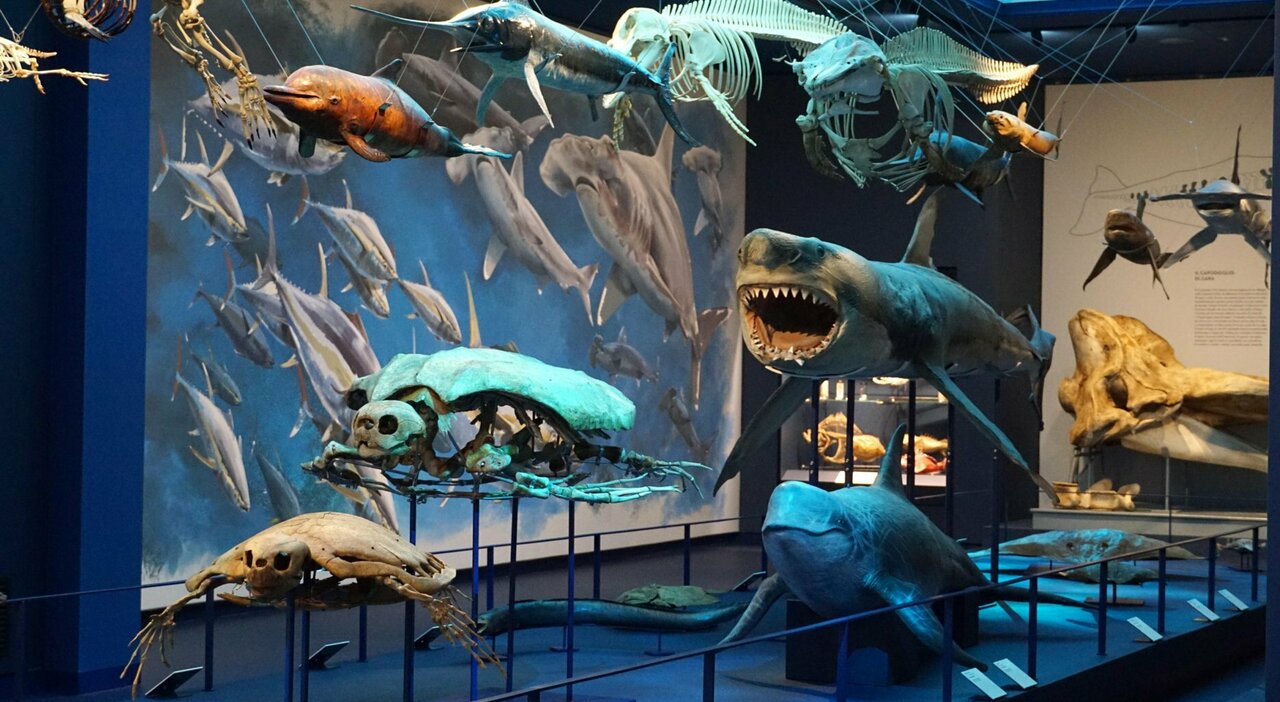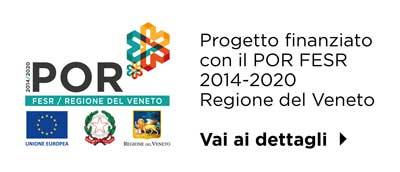“From MONET to MATISSE. French Moderns, 1850–1950,” tells of one of the most fascinating centuries in art history, when artists moved away from the academic artistic tradition to focus on everyday subjects.
But not only. It also celebrates France as the artistic center of international modernism from the mid-nineteenth century to the mid-twentieth century.
This exhibition, held in the rooms of Palazzo Zabarella in Padua from 16 December 2023 to 12 May 2024, presents 59 works from the Brooklyn Museum's extraordinary European collection.
On display are paintings and sculptures - different in subject, size and style - created by the main artists of the time, both those of French origin and those who trained and exhibited in France: Paul Cézanne, Marc Chagall, Gustave Courbet, Edgar Degas, Henri Matisse, Claude Monet and many others, for a total of 45 masters.
The exhibition includes examples of the key movements of the period – realism, impressionism, post-impressionism, symbolism, fauvism, cubism and surrealism – that emerged in and around Paris between 1850 and 1950 and quickly became part of the dominant Western canon.
“From MONET to MATISSE. French Moderns, 1850–1950” is divided into four sections - Landscape, Still Life, Portraits and Figures, and The Nude - and outlines a path that demonstrates how the basic conception of artistic making has changed over the course of a century.
The 4 sections of the exhibition:
- Still life: The very term suggests how humble this type of work was considered. However, starting from 1850, still life regained popularity thanks to artists who aimed to stimulate all the senses of the viewer by portraying precious fabrics, ripe fruit, domestic views illuminated by the sun and even exotic goods from Egypt and Japan.
- Landscape: Since its foundation in the 17th century, the French Academy had considered landscape one of the least important forms of artistic expression. A definition destined to change starting from the 19th century when artists began to leave their studios and paint en plein air, portraying nature in its magic of colors and shades.
- The nude: The champions of modernity advocated a new, modern kind of beauty through the representation of everyday life. The artists were of the same opinion, as they increasingly approached the nudity of their models with absolute realism.
- Portraits and figures: Starting in the mid-19th century, the spread of affordable ready-to-wear clothing meant that artists began to portray citizens in fashionable clothing, rendered in bold colors and textured surfaces.
Useful information:
- From 16 December 2023 to 12 May 2024
- From Tuesday to Sunday 10.00 – 19.00 (The ticket office closes at 18.15)
- Closed on Mondays (including December 25, 2023)
From 26 December 2023 to 7 January 2024 the exhibition is open every day.
Special openings:
- Monday 1 January
- Monday 12 February
- Monday 1 April
Palazzo Zabarella is located in the center of Padua in a pedestrian area and can be reached on foot from the train station and Prato della Valle in 15 minutes.






